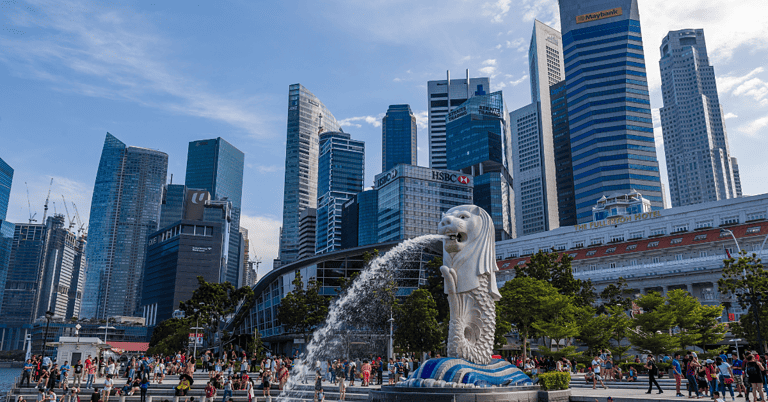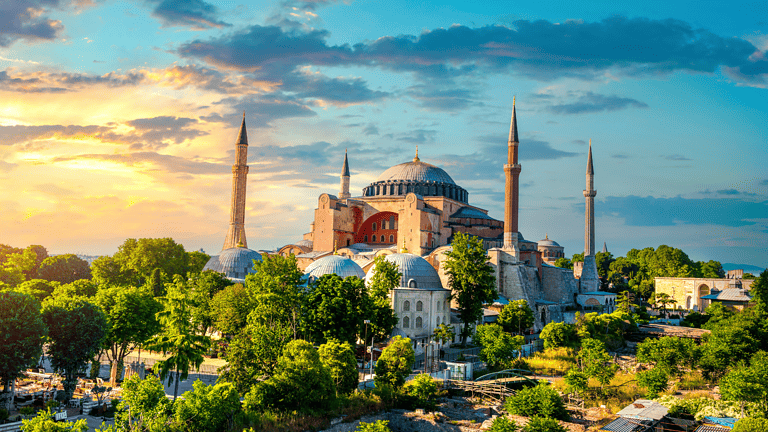Lyon Travel Guide: The 15 Best Things To Do In Lyon France
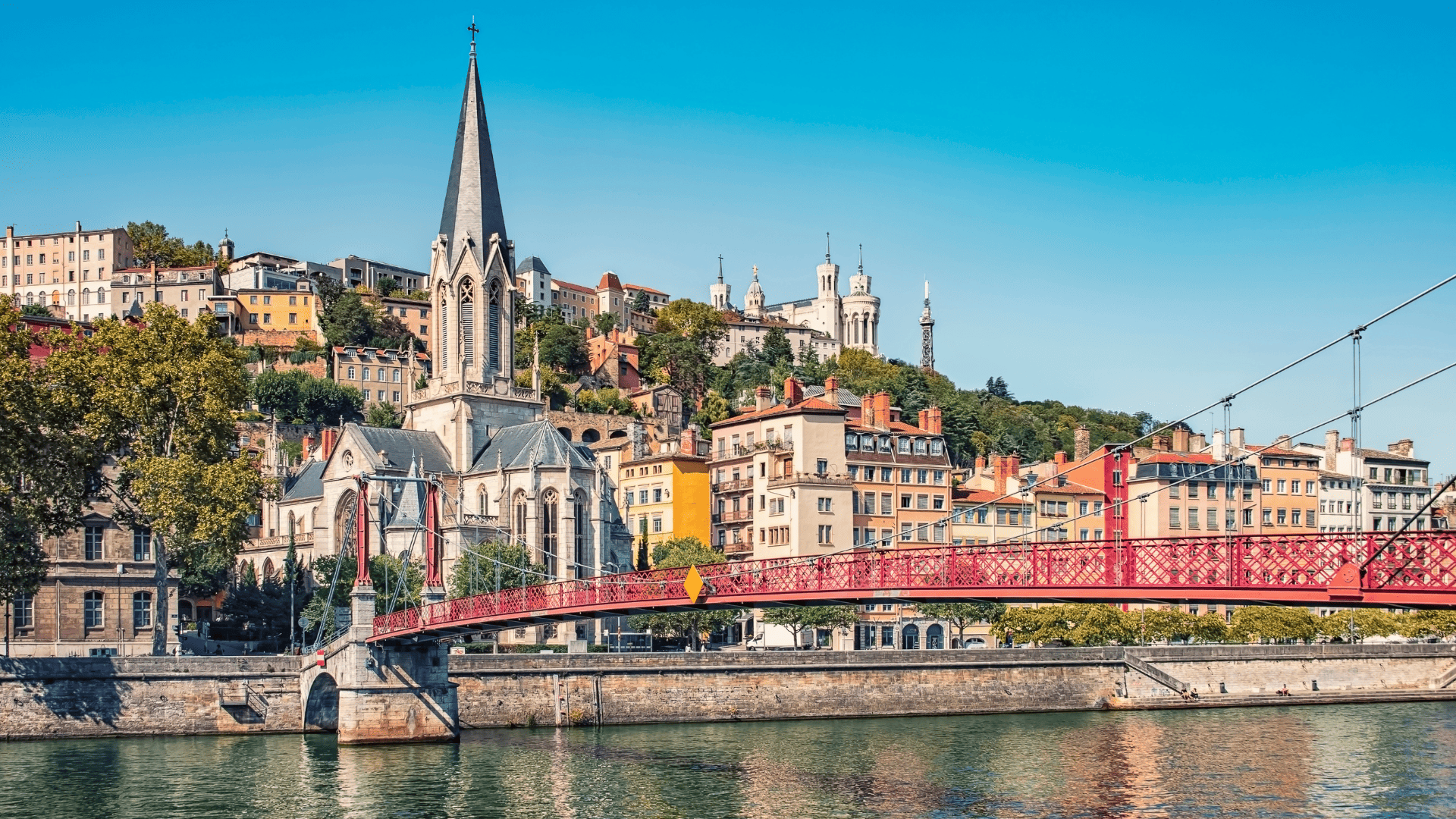
Featuring a Renaissance old town, Roman ruins, historic industrial districts, as well as the regal Presqu’île quarter, Lyon is one of the largest World Heritage Sites. At the confluence of the Rhône and Saône rivers, the city was founded 2,000 years ago, and was built on silk trade. In Vieux Lyon, where semi-hidden passageways called Traboules connect courtyards with the Saône, this industry provided it with beautiful Renaissance architecture.
Lyon is the culinary capital of the world, according to gourmets. This is the city of chef Paul Bocuse, revered as a god of French cuisine. Here are the 15 best things to do in Lyon.
1. Vieux Lyon

In this area, you can explore one of the largest renaissance quarters in Europe. Lyon’s silk industry flourished in the 15th, 16th, and 17th centuries, and rich merchant families settled in the city from across France, Flanders, Germany, and Italy. It is estimated that there are still 300 of these luxurious homes in the districts of Saint-Jean, Saint-Georges, and Saint-Paules. They were built in the gothic, Italian Renaissance and French Renaissance styles. Traboules in Vieux Lyon illustrate how this industry combined with the city’s fabric in an innovative way during the 16th century when there were an estimated 180,000 looms.
2. Traboules
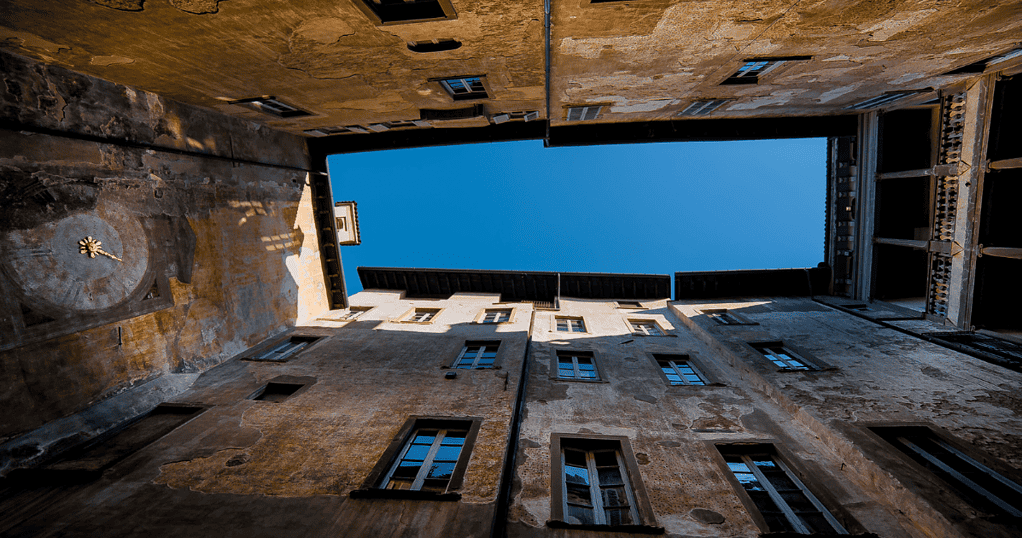
Vieux Lyon and La Croix-Rousse Saône have an architectural feature that makes them unique: tramboules, delightful renaissance passageways that run beneath buildings in the direction of the Saône River. Silk workers had direct access to riverbanks, making it quick and easy to transport textiles. They were also sheltered from the weather. Almost all of these passageways lead into residential properties, so it’s best to keep quiet. Ideally, you should start your adventure near Quai Fulchiron Rolland and Rue des Trois Maries.
3. Lyon Cathedral
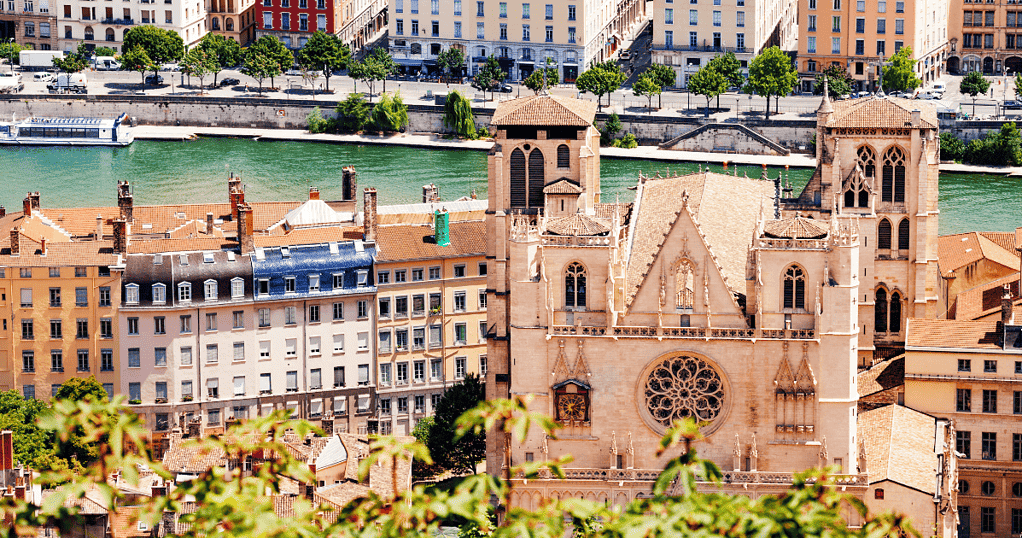
A medieval construction originally built between the 12th and 15th centuries, the city’s cathedral is one of the most spectacular buildings in the city. Several original stained-glass windows, dating to the 1300s, are still here. During the Second World War, they were dismantled and packed away to prevent bomb damage. North, south, and west roses, as well as the apse’s lancet, are especially captivating. In the 1300s, an astronomical clock was installed inside. It stands nine meters tall. The clock face features an astrolabe, added in the 1600s, which displays the sun, moon and earth’s position. When the chimes are rung on the hour, automated figures perform a little show.
4. Fourvière Basilica
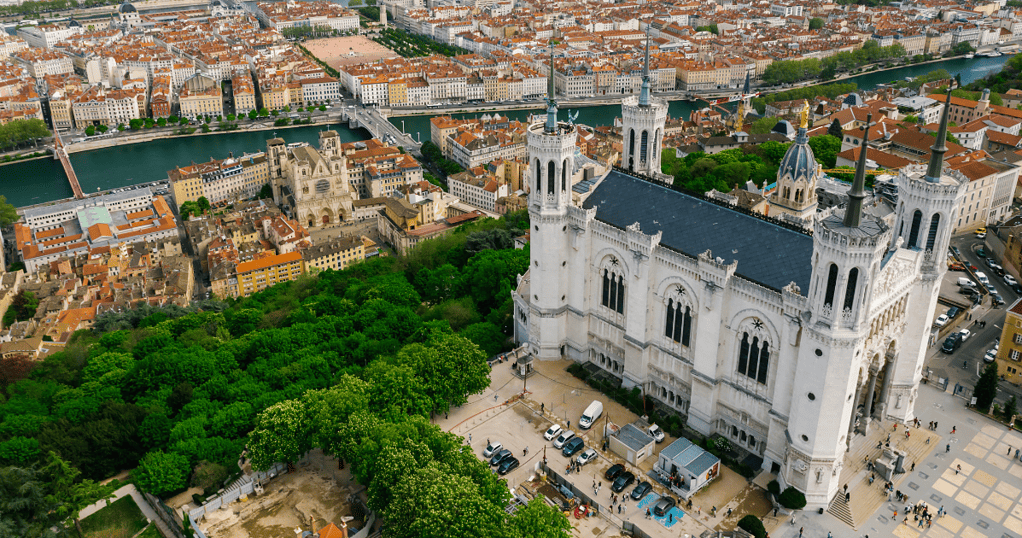
Located on the Fourvière hill to the west of the city, this magnificent church is one of many iconic hill-top churches built in major French cities in the late 19th century. Lyon’s pilgrimage site and several Roman sites have been discovered in the area of the basilica, located in the oldest part of the city. Ascended the north tower for one of Lyon’s best photo opportunities, and see the impressive interiors and the Museum of Sacred Art. At the beginning of December, the church is the focus of the famous Fête des Lumières. This is in praise of the Virgin Mary, who protected Fourvière from the bubonic plague in the 17th century.
5. Parc de la Tête d’Or
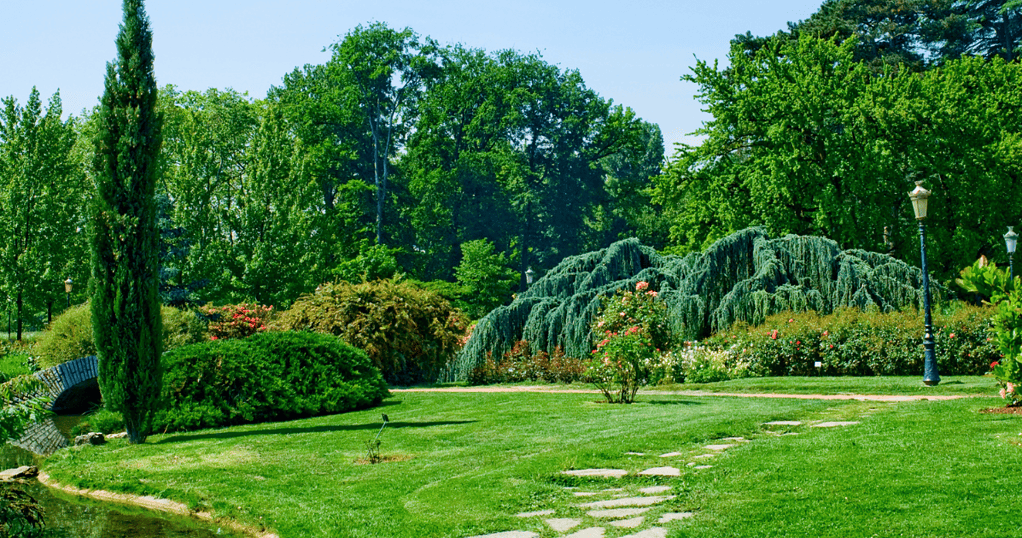
One of the largest urban parks in the country is just north of the center, with a zoo and France’s most important botanical garden. If you’re around in spring, make sure you take a trip to the international rose garden. More than 20,000 plant varieties are on display, and you’ll find the most graceful 19th-century greenhouses, filled with the smell of chlorophyll. There is an African Plain, which is home to zebras, lions, and giraffes, along with a massive lake for pedal-boating voyages in the summer. This park is a must-see for families with kids.
6. Presqu’île
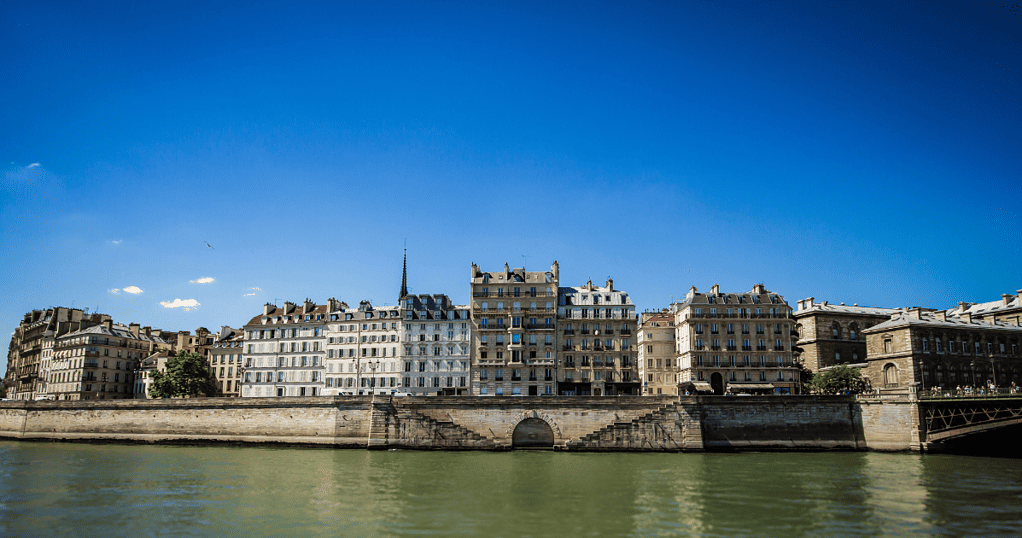
Located between the Rhône and Saône, Presqu’île was created by a massive 18th-century urban engineering project that drained marshes and connected what was once an island to dry land. This is where much of the city’s activity takes place, a district of beautiful 19th-century architecture, wide plazas, shops, cultural institutions, restaurants, cafés, bars and nightclubs. Lyon’s opera house and city hall can be found here, and Rue Mercière offers a wide variety of delicious restaurants if you’re hungry. The pedestrianized Rue de la République is a great place to start shopping if you’re here for the high-street brands.
7. Musée des Beaux-Arts de Lyon
France’s second largest museum of fine art after the Louvre is housed in a former abbey from the 1600s. It features paintings and sculpture from the 1300s to the 1900s, as well as Egyptian and Oriental art. Among the famous French and European artists on display are Degas, van Gogh, Renoir, Cézanne, El Greco, Canaletto, Picasso, Max Ernst and Francis Bacon, and that’s just to name a few. Among the 600 Ancient Egyptian artifacts on display in the Antiquities department are reliefs, busts, statuettes, sarcophagi, and monumental gates from the temple at Medamud.
8. Ancient Theatre of Fourvière

The monument is also located on the left bank of the Saône River. Every June and July, it is still used as a performance venue during the Nuits de Fourvière drama festival. It would have held 10,000 spectators at its peak, but only the middle and lower terraces remain. While the seating has been lost, the cavea’s fascinating substructure can still be seen far up the hillside. In the late 19th century, the theater was rediscovered and restored over the next 40 years. The Gallo-Roman museum displays artifacts found here and at the nearby Odeon.
9. Gallo-Roman Museum of Lyon-Fourvière
You can get some background on ancient history at this museum on site if you’re hungry for more Roman ruins. Located near the roman theater, the building is partly underground and has been dug from a hillside. A spiraling concrete ramp is surrounded by futuristic, bunker-like galleries. You don’t want to miss the Circus Games Mosaic, which depicts a chariot race with stunning technical skill and dates back to the 2nd century. In addition, there’s the Gaulish Coligny Calendar, as well as the Lyon Tablet, which is a transcription of a speech delivered by Claudius in the 1st century.
10. Institut Lumière
Lumière brothers, held as the fathers of the movie-making art, should be honoured by anyone who goes to the cinema. It was founded by a descendant of Louis Lumière, who, along with August, invented the cinematograph, the first motion picture camera. Additionally, they made more than a thousand films together, which were shown in the world’s first cinemas. As a result of their father’s architectural vision, Villa Lumière was built in 1899 and became the brothers’ family home. The cinematograph, one of their ingenious inventions that changed entertainment forever, can be viewed in these elegant surroundings.
11. Musée Gadagne
As Lyon’s city museum, this attraction is housed in a magnificent Renaissance palace built by two Florentine brothers in the 16th century. Some 80,000 items, dating from medieval times to the mid-19th century, are displayed across 30 rooms and four floors. Lyon’s landmarks can be seen on antique maps and sketches, showing how the city has developed over time. By studying artifacts and documents, you will learn about the silk industry’s role in the city’s development in the 1500s and 1600s, as well as the lavish lifestyles afforded by those who made their fortune here. 2,000 antique puppets are also on display at the Musée des Marionnettes.
12. Musée Miniature et Cinéma
Another World Heritage site in Vieux-Lyon is the “Maison des Avocats”, a beautiful 5 storey 17th-century building with a loggia. A majority of the collection consists of about 100 “hyper-realistic” miniature scenes. You will need minutes to see everything that is happening in each of these miniatures, which have been made by some of the world’s best miniaturists, like Dan Ohlmann, the museum curator. Famous locations like Maxim’s Restaurant in Paris or everyday French scenes from days gone by are recreated here. Additionally, the museum has a cinema exhibition with more than 300 original props, artifacts, and models related to movies from the past five decades.
13. Lyon’s Murals
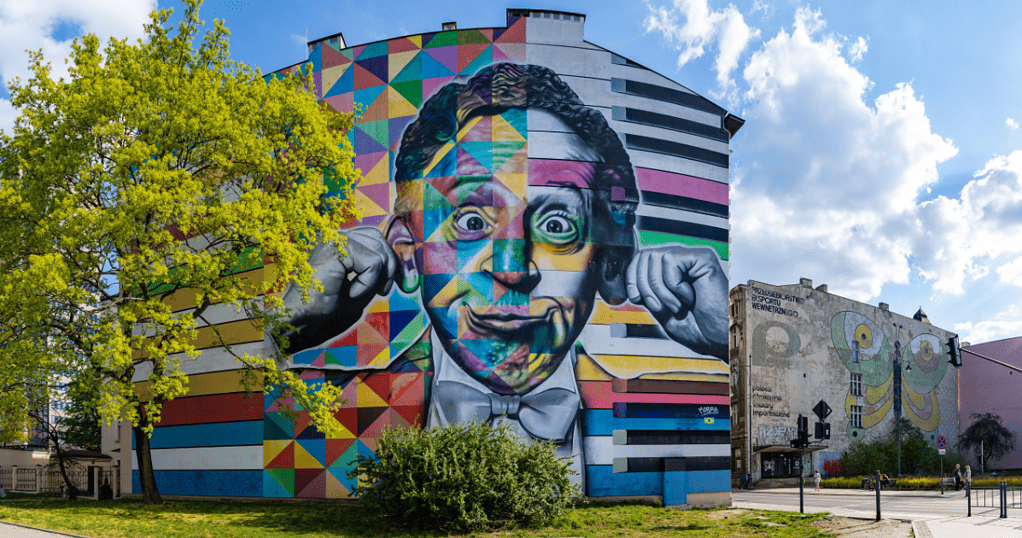
Lyon’s murals are another reason to explore the city. It is estimated that around 100 large paintings adorn the walls of the city, often in working-class neighborhoods and in social housing, attracting you to places you might otherwise not visit. Some are worth seeing, though: A mural museum in États-Unis documents the career of Tony Garnier, the architect who planned this district in the 1920s with 25 murals painted mostly in the 1980s. Lyon’s main personalities are presented in Fresque des Lyonnais, which includes 24 historical figures and six contemporary individuals (two of whom have passed away). The Canuts Mural, which shows the history of the Croix-Rousse neighborhood, is Lyon’s original fresco.
14. Les Halles de Lyon Paul Bocuse
You can be sure of the quality of what you find inside this food market named after one of France’s culinary giants. There are charcuterie, cheese, meat, fruit and vegetables for sale here. It’s a food-lovers’ dream. The complex also has several restaurants that are crowded at lunchtime with locals. In other words, it’s a good place to do your food shopping if you’re self-catered, eat delicious Lyonnaise food, and pick up regional specialties. Most French food markets are best visited in the morning before they close for lunch.
15. Lyonnaise Cuisine
Lyon has the most restaurants per capita in the country and its cuisine has been hailed for centuries for its high quality and prestige. Traditional Lyonnaise cuisine can be found at “bouchons”, typical restaurants. The best of these can be found around Presqu’île and tying these is definitely one of the best things to do in Lyon.
Meals are prepared from foods that would have been eaten by workers in times past, so they are rich, filling, and use parts of the body you wouldn’t normally consider, such as marinated deep-fried tripe. The Andouillette is a sausage that is made of tripe, or gras double, which is tripe cooked with onions. Don’t worry, not all of it is tripe! Lyonnaise potatoes are also a tradition here, which are sliced and pan-fried with onions and parsley.
Final Thoughts
In conclusion, Lyon stands as a captivating city that seamlessly blends its rich historical tapestry with a vibrant present. Its status as one of the largest World Heritage Sites is well-deserved, with a Renaissance old town, Roman ruins, and historic industrial districts offering a glimpse into its 2,000-year-old history. The prominence of the silk trade, illustrated through the architectural marvels of Vieux Lyon and the intricate passageways of Traboules, adds a unique layer to the city’s narrative.
Beyond its historical charm, Lyon proudly claims the title of the culinary capital of the world, a reputation upheld by legends like Chef Paul Bocuse. The city’s culinary scene is a testament to its gastronomic prowess, attracting gourmets from around the globe.
The list of 15 best things to do in Lyon reflects the city’s diverse offerings. From exploring the expansive renaissance quarters and unique passageways to marveling at the Lyon Cathedral’s medieval grandeur and ascending the Fourvière Basilica for panoramic views, each experience adds a distinct flavor to Lyon’s cultural palette. Cheers to Lyon’s past, present, and the promise of more to come!



